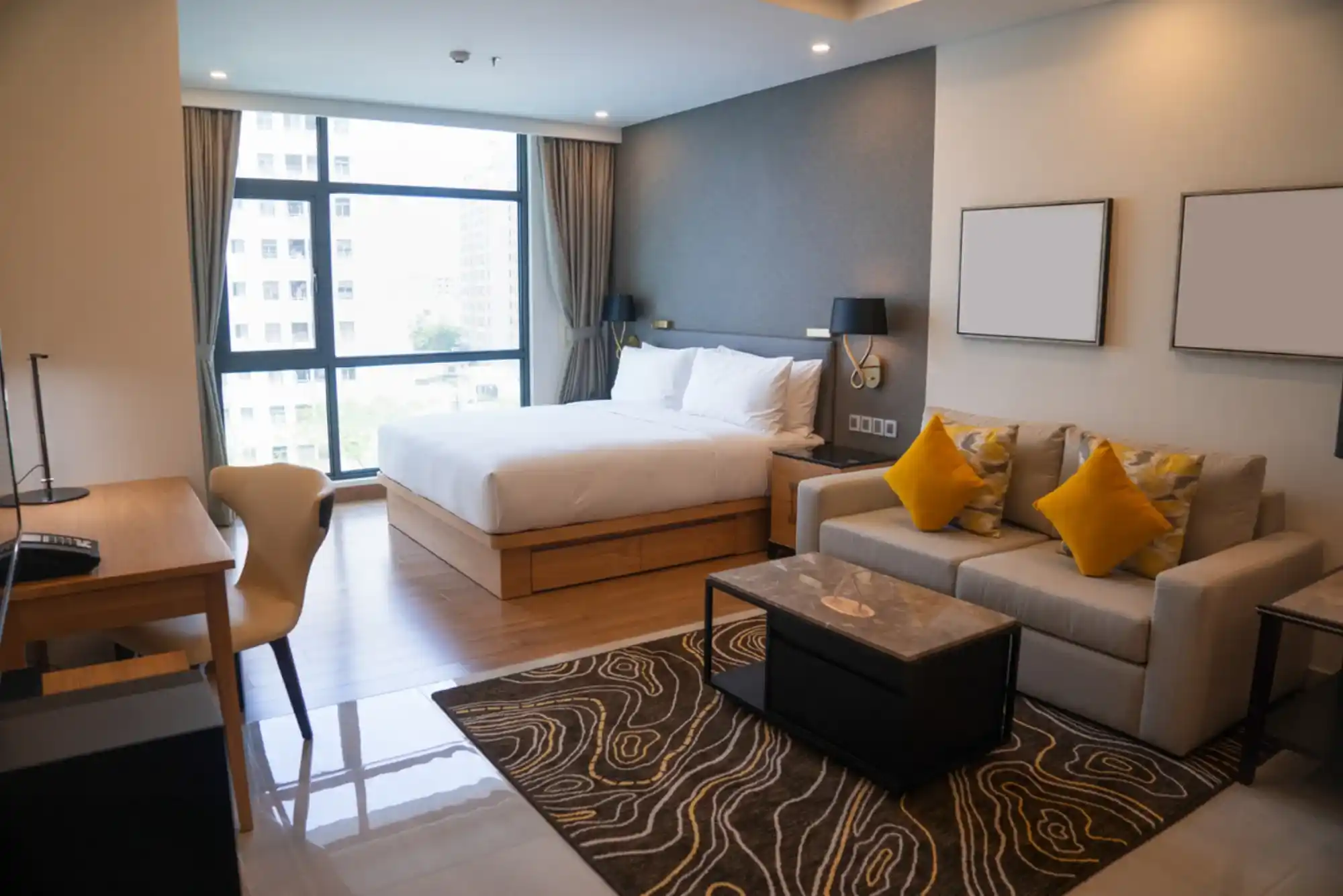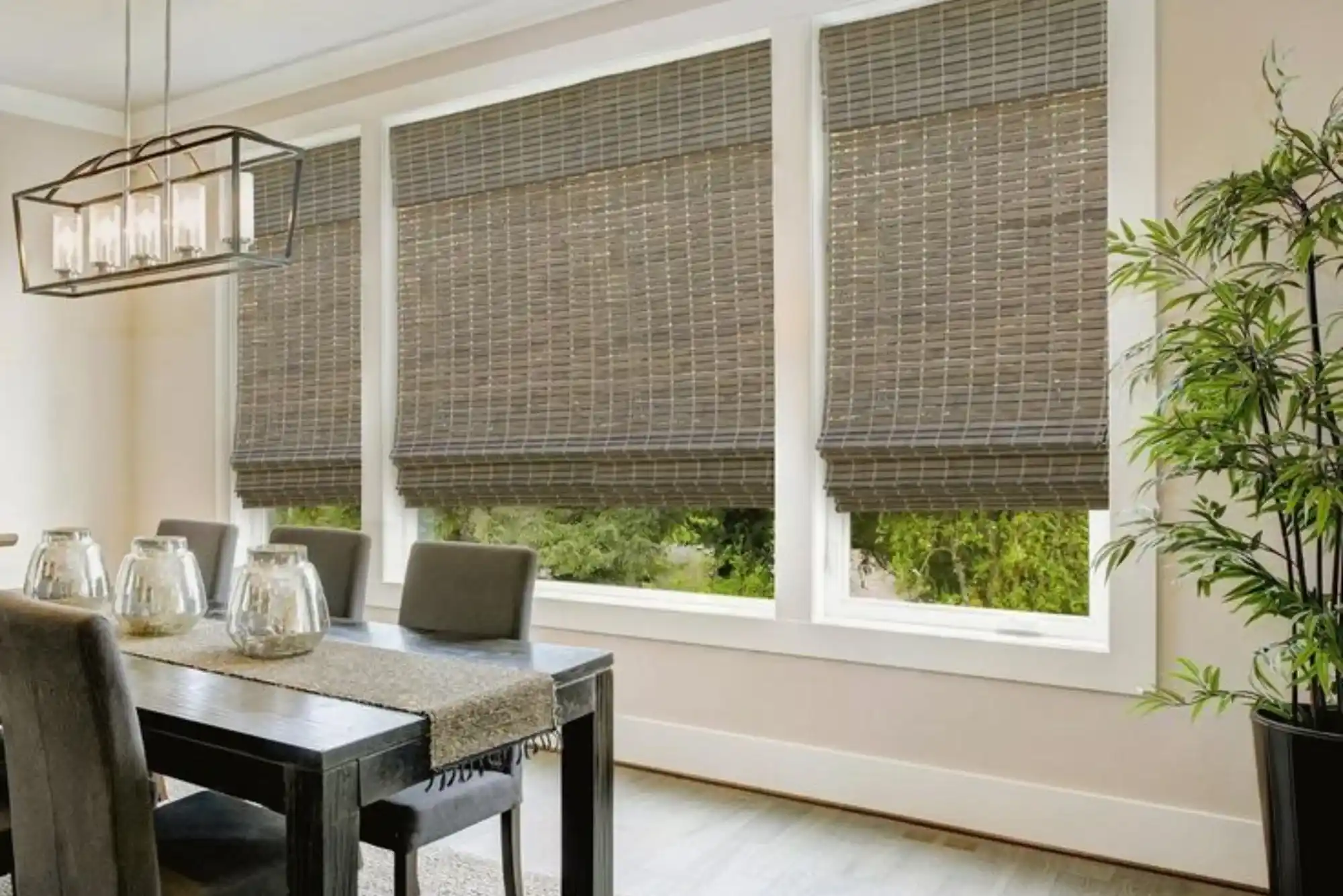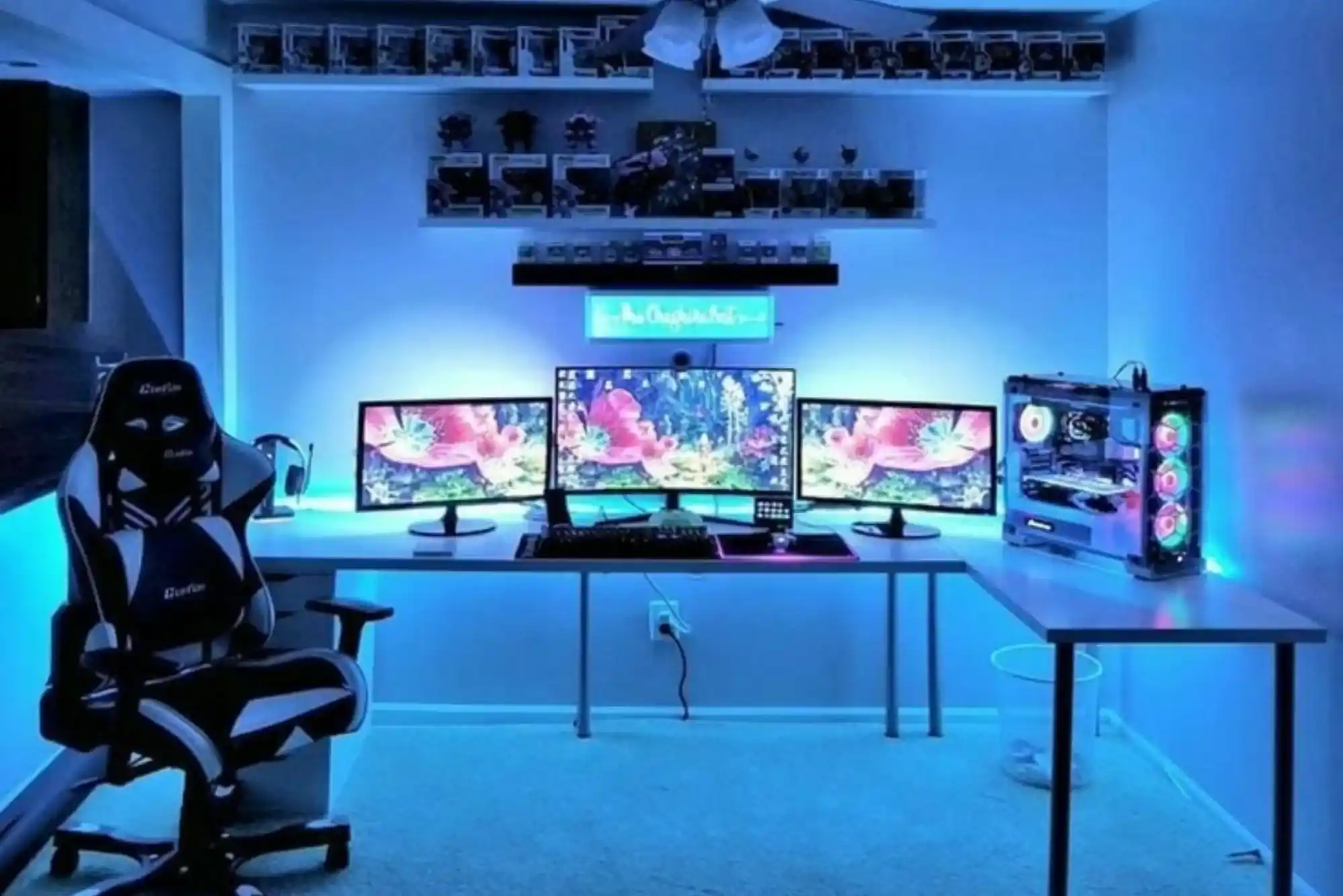Creating your dream home is an exciting and deeply personal journey that varies for everyone. For some, it’s a cozy cottage in the countryside, while others envision a sleek, modern space in a bustling city. Regardless of style, a dream home reflects your personality, meets your lifestyle needs, and offers comfort and functionality. Turning this vision into a reality requires careful planning, budgeting, and a clear vision. This guide will walk you through the key steps to help make your dream home a reality.
Defining Your Dream Home
The concept of a “dream home” is unique to each person and is often influenced by lifestyle, preferences, and even future goals. Consider the various aspects that contribute to your vision: where you’d like it to be located, the size, design, layout, and any must-have features. Think about how this home will fit your lifestyle, whether you need a dedicated workspace, a large outdoor area, or simply a quiet retreat. Knowing these details will give you a strong foundation to guide all future planning.
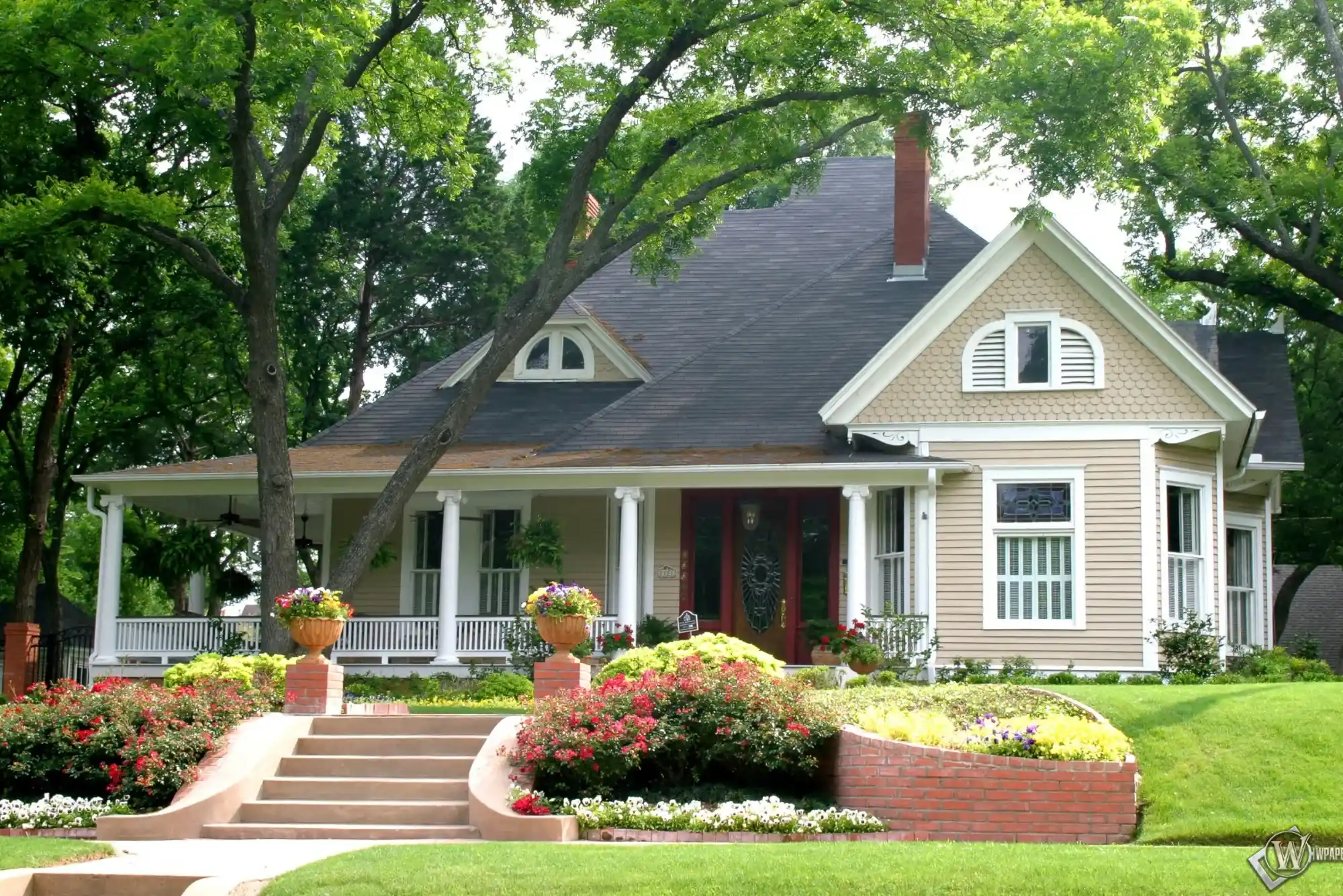
Creating a Vision Board for Your Ideal Home
A vision board is a helpful way to organize your ideas and preferences. It can be physical (using magazines, samples, and photos) or digital, with tools like Pinterest or design software. Gather images that capture the look, feel, and features of your ideal home. From flooring samples to paint colors, each element you choose helps create a coherent picture of your dream home, giving you and your design team a visual reference throughout the project.
Setting a Budget and Financial Planning
Establishing a budget is essential for making your dream home a reality without overspending. Start by calculating your current finances and identifying how much you can dedicate to the project. Research financing options, such as mortgages and home construction loans, that can help cover costs. Create a balanced budget that allows for both essentials and a few luxury items, focusing on quality materials and functional spaces.
Choosing the Perfect Location
Your dream home’s location plays a significant role in your quality of life. Consider factors like the neighborhood, accessibility to work or schools, nearby amenities, and the lifestyle of the community. Research property values, climate, and growth potential, as these can impact both your enjoyment and the property’s future value. Take time to visit areas of interest, speak with locals, and explore different neighborhoods to ensure you choose the right spot.
Designing Your Dream Home
The design of your dream home should reflect both your personal style and functional needs. Explore architectural styles such as modern, traditional, minimalist, or eco-friendly to find what resonates with you. Working with an architect or designer can help turn your vision into detailed plans, but you can also use design software to create your own layouts. Ensure your floor plan suits your lifestyle and consider room flow, storage needs, and how each space will be used daily.
Sustainable and Eco-Friendly Building Choices
Sustainability is a growing priority in home design, as eco-friendly choices reduce your environmental footprint and can save you money in the long term. Consider materials like reclaimed wood, energy-efficient windows, and solar panels to make your home more sustainable. Energy-efficient appliances, smart thermostats, and green roofing can also improve efficiency, helping you create a greener home with lower operating costs.
Selecting High-Quality Materials and Finishes
Quality materials are key to building a home that’s both beautiful and durable. Flooring, cabinetry, fixtures, and paint are all elements that influence the look and feel of your home, so choose wisely. Consider materials that will stand the test of time and look attractive for years to come. Set priorities to allocate your budget effectively, opting for higher-quality materials in areas that experience heavy use, such as kitchens and bathrooms.
Bringing Your Dream Home to Life
Bringing a dream home to life requires careful construction management. Hiring a reliable contractor and project manager is crucial, as they’ll oversee the construction, manage schedules, and coordinate subcontractors. A typical project timeline involves stages from groundbreaking to framing, installing utilities, and final inspection. Be prepared for common challenges, like delays or unexpected costs, and maintain open communication with your contractor to ensure a smooth process.
Personalizing Your Space with Interior Design
Once the construction is complete, it’s time to focus on interior design to make the space uniquely yours. Personalize with furniture, color schemes, and décor that reflect your style and enhance the comfort of each room. Art, lighting, and accessories can add personality and warmth, while thoughtful organization maximizes functionality. Choose pieces that not only look good but also add value to your daily life, creating a harmonious balance of aesthetics and comfort.
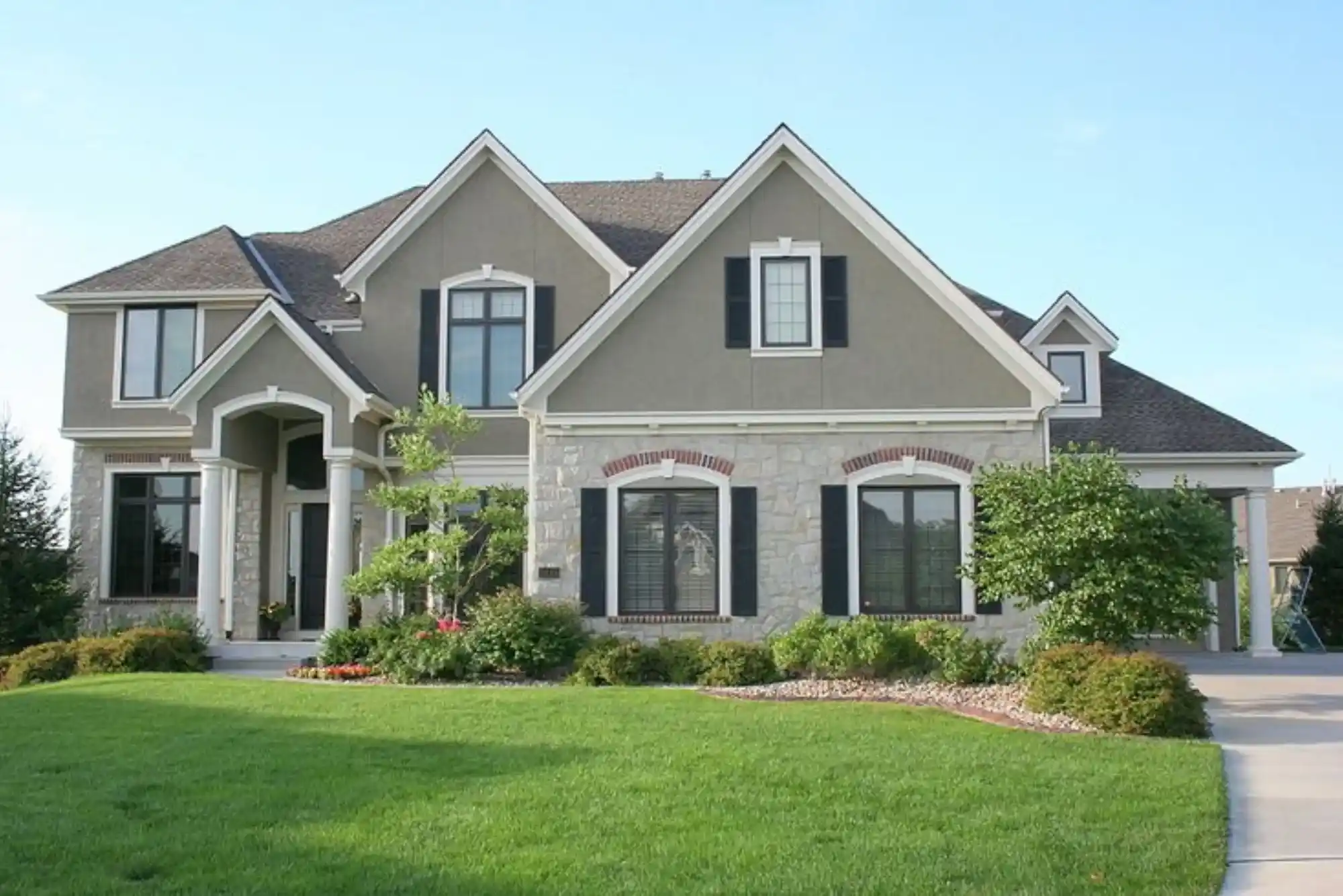
Moving In and Making It Feel Like Home
Moving into your dream home is a milestone worth celebrating. To make the transition smooth, plan your move carefully, unpack room by room, and arrange furniture to create a welcoming atmosphere. Add personal touches like family photos, plants, or cozy textiles to make the space feel inviting. Settling in is about more than just arranging furniture; it’s about creating a space that feels truly yours, where you can relax and feel at home.
Building your dream home is a journey that involves careful planning, budgeting, and creativity. It’s about transforming a vision into a tangible space that fits your lifestyle and brings you comfort. As you move from planning to building to settling in, remember to enjoy each step of the process and allow your dream home to reflect the unique elements that make it truly yours. With patience and thoughtful choices, you can create a home that not only meets your needs but also fills you with pride and happiness every day.


